REVIEW: Yohane the Parhelion: BLAZE in the DEEPBLUE Sings Conventions to a Different Tune
This one's about hitting the right notes
Whether you’re a fan of the Yohane the Parhelion show or just 2D pixel art games in the vein of exploration-based classics like Metroid or Castlevania, you’ve probably seen something like Blaze in the Deepblue before. We want things we recognize, and Blaze in the Deepblue contains plenty of recognizable conventions. At the same time, we want something different too, because we can never just be happy, am I right? Luckily, Blaze in the Deepblue strikes just the right chords to successfully sing familiar conventions to a different tune.
I emphasize the musical slant here because Blaze in the Deepblue bases itself on anime about musically-inclined idols. More specifically, it bases itself off an alternate universe spin-off of an anime about musically-inclined idols that now takes place in a fantasy setting. If you have no idea what any of that means, I wouldn’t worry about it. It matters only to the extent that you care.
The actual story mostly sticks to the background. Most of the dialogue sprinkled sporadically throughout the game focuses more on spotlighting the personality of the characters rather than telling a compelling narrative.
I did my due diligence, of course, and checked the show out. I don’t think it’s for me. That’s alright. This game serves more as an epilogue to the show than a true continuation. The character arcs finished in the show and this story adds nothing particularly new. Blaze in the Deepblue’s narrative serves more like an excuse to spend extra time with the characters: fun fanservice for the invested and totally inconsequential for people who just want to play a cool pixel art game.
In some ways, the dialogue almost feels superfluous because those pixels do just as good of a job if not better when it comes to displaying the personality of the characters. Your player character, Yohane, expresses a wide range of emotions with the kinds of detail you’d usually expect to see more in something like a fighting game than a platformer. When she strikes one of her dorky poses it endears you to her cause of…well, doing cool stuff, I guess. This isn’t the kind of character you expect to play in this type of game and this isn’t the kind of property you’d expect to be adapted into this type of game, either. Smashing these concepts together gives the game a distinct feel.
Blaze in the Deepblue performs the familiar song and dance you’d expect. The game takes place in a somewhat open-ended maze full of things to find. Those things you find are often power-ups and upgrades that gradually open up the map even further. As you explore more of the map and find more things, your character gradually grows stronger to contend with the enemies and bosses standing in her way.
What you may not expect is how Blaze in the Deeplue adjusts these conventions to fit the tempo of its source material.
While Yohane gets a few traditional traversal power-ups like a double jump or the ability to move underwater, the majority of her “powers” are actually her friends she finds while exploring the game. Yohane’s friends will fire her from a giant cannon to cross long distances, smash the ground with giant mechs, freeze the flow of time itself, and more. Many of these tricks pull double duty as both exploration-assisting tools and combat options, and the game accommodates their versatility by allowing you to freely switch between them with a button press.
Making Yohane’s friends her upgrades smartly recontextualizes the usual item hunt into something that lets the personality of the anime’s cast shine while also being a slightly more open-ended take on the upgrade concept from a game design perspective. Perhaps the real upgrades were always the friends we made along the way.
In addition to the power of friendship, Yohane can also grow stronger by defeating enemies and finding enemies. However, she does not buff up through a traditional experience point or leveling system. Instead, everything Yohane destroys has a chance to drop a crafting material that you can use to create new weapons and equipment. Don’t roll your eyes yet, or at least stop them mid-roll, because it’s not bad.
The way that Blaze in the Deepblue handles crafting avoids many of the pitfalls that such a system risks sending a game careening into. Crafting can often bog a game down with tedious subsystems or grinding. In Blaze in the Deepblue, you don’t actually need to think that much about the crafting at all if you don’t want to. As long as you’re killing enemies and breaking vases, you’ll constantly gain the ability craft stronger items. You don’t even need to keep a close eye on what you can craft, as the game will notify you whenever something new becomes craftable.
It’s honestly pretty difficult to keep track of what enemies drop which items, as there doesn’t seem to be an in-game bestiary with that information. While that would be appreciated, I also don’t think this hurts the game too much. I never felt the need to focus on grinding to get what I wanted. New items constantly became available just by fighting what was in front of me. In fact, grinding seems to be actively discouraged, as enemies won’t respawn until you die or enter a save room. A system like this incentivizes you to destroy everything in your path without tempting you into killing the same enemies over and over.
Everything you craft also factors into how you play the game. Although the overall stats of your equipment gradually curve upwards, much of what you can create offers bonuses meant to fit particular playstyles or address specific concerns. Some equipment will negate status effects, while others may grant you significant buffs to upgrades or attacks. I think that there are some clear winners in terms of most efficient items, but I appreciate that there is a degree of flexibility in how you want to approach the game.
Flexibility in approach plays a role in just about everything in the game. The challenge can be adjusted to be about as tough or easy as you want it to – not through difficulty sliders, but through how much you choose to indulge in items. Yohane can go back home at pretty much any point in the game and use the money she finds to stock up on items. You can annihilate any semblance of challenge by binging on things like health or stat buff potions. It turns out that dungeon crawling produces a very generous wage, so there isn’t much stopping you from splurging.
Personally, I preferred playing without relying much on the items. Blaze in the Deepblue poses a satisfying challenge when you choose to forego that aspect of the game. Stat effects in particular feel extremely dangerous without the ability to instantly negate them. Boss battles also highlight the strengths of the combat, requiring you to dodge fun attack patterns while carefully landing your attacks. Plus they just look cool – according to the credits, they were designed by Yuji Natsume, the same artist from the developer’s Blaster Master Zero games, and you can tell.
In general, the combat mechanics feel distinct in that they require you to fight with a more considered approach. Yohane lacks quick or direct attack options. Summoning her pet dog Lailaps for a quick slash resembles the closest equivalent. Yohane produces far bigger punches through attacks with longer start ups and delays, like her summonable weapons and friends. While that sounds annoying, in practice I found it to be an engaging strategic twist. It’s another sprinkle of charm that differentiates this game from its peers.
About the only weak point in Blaze in the Deepblue’s approach to convention lies in its “randomized” layouts. That kind of thing might be cause for another potential eyeroll depending on who you are, but I actually found it more disappointingly underutilized than anything else. Specific portions of each area will contain a portal that you need to enter to get to the other side of the dungeon. These warp rooms pick from a random selection of around 3-5 different rooms that you need to complete like a gauntlet.
Overall, however, they leave little impact on their own. They might as well have not been randomized, as you also have no real reason to revisit these warp zones during a normal playthrough. You can freely warp between save points, which lets you avoid them entirely on revisits, so the randomizations becomes a feature you will only truly experience on subsequent playthroughs.
That aspect of the game calls attention to its lack of a particularly strong incentive to keep playing. Your main challenge beyond completing the story lies in collecting various treasure chests spread throughout the map. Most of them contain crafting material, but a few will also upgrade your friends with new, if generally less essential, abilities. I unearthed everything before I completed the game, and beyond that there isn’t much to do outside of crafting the best items. Given that I had nothing left to fight and how difficult it is to keep track of item drops, I didn’t feel much pull to continue. I can see myself revisiting the game on a fresh file once in a while, but I don’t think the crafting system or the randomized rooms on their own make a convincing argument to jump right back in for another playthrough.
Not every game needs to be something you need to play on repeat. I see this one more as a fun and catchy tune that’s worth listening to regardless of its length. Blaze in the Deepblue happily sings familiar conventions while performing them just differently enough to keep you entertained the whole way through.
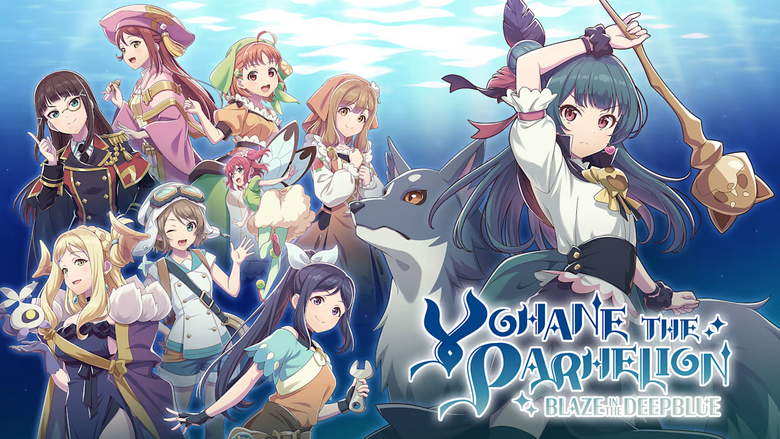
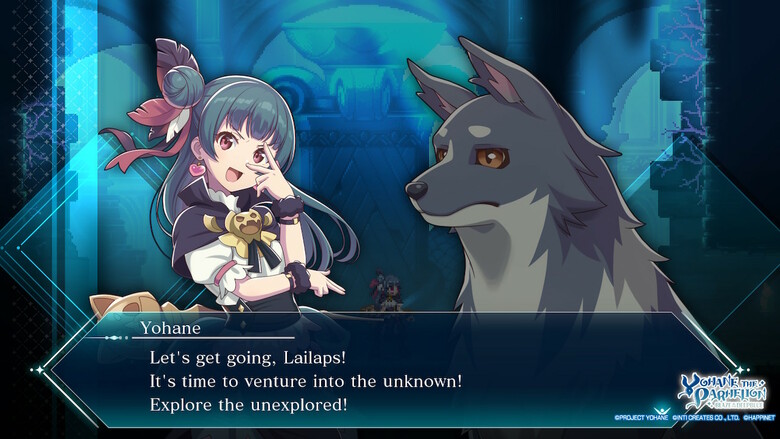
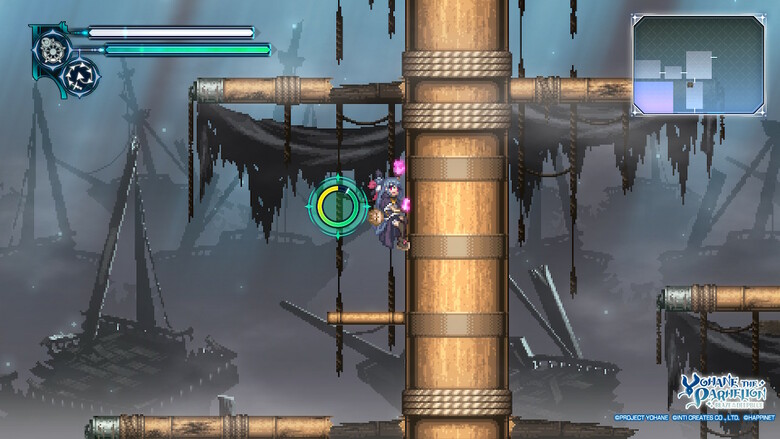
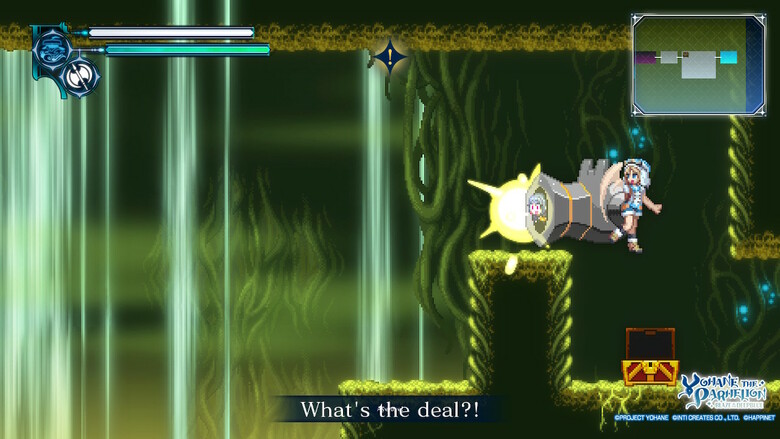
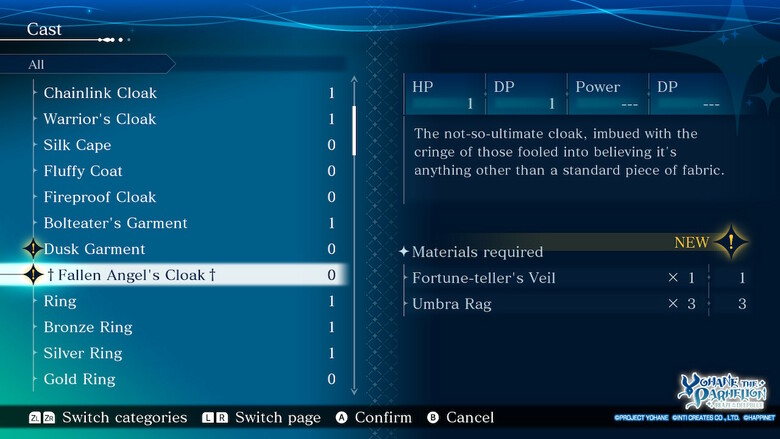
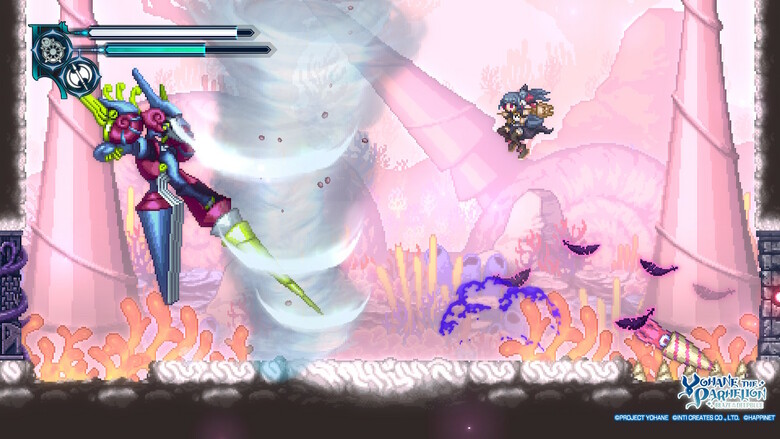
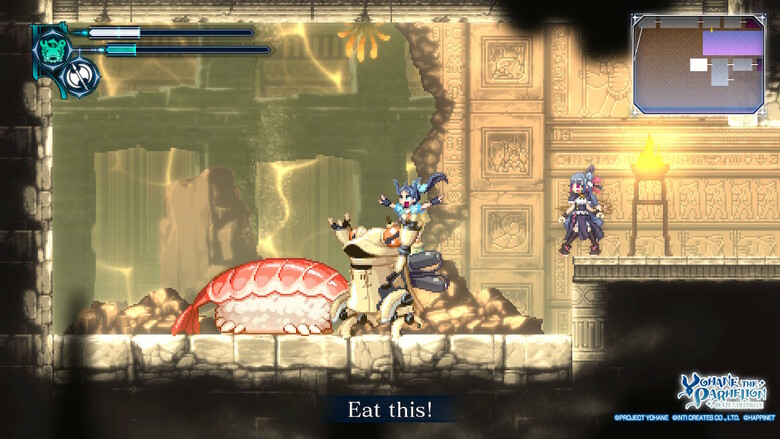
Comments (0)